Iran’s inevitable course under US sanctions regime
With no change expected in the sanctions regime against Iran, the resistance economy centered on self-sufficiency, trade ties with neighbors and improving economic interaction with independent states should be the main strategy.
To confront economic challenges resulting from the sanctions, the focus should be on strengthening domestic structures and reducing dependence on external factors.
Even the prospect of lifting sanctions should not dissuade the country from strengthening economic infrastructures and productive sectors. This is because even if the sanctions are lifted, legal complexities and US political pressures may prevent Iran from fully benefiting from the potential benefits of their removal.
Therefore, boosting domestic production, diversifying exports, and reducing dependence on oil revenues are among the measures that could simultaneously reduce economic vulnerability and pave the way for sustainable economic growth.
What is certain is that in any negotiation, sanctions would continue to be used as a tool to pressure Iran to reach an agreement. Over the years, both US political parties have hinged any potential agreement with Iran on the condition that it cover all issues of dispute, including the nuclear program, missile program, and regional influence.
As a result, sanctions are part of the long-term US strategy to pressure Iran, and their lifting should not be expected to start off any fundamental changes in Washington’s policy toward the Islamic Republic.
The common denominator in the US foreign policy is to rock the boat through hostile rhetoric, media attacks, and informal pressure in order to increase the risk of interaction with Iran and discourage foreign companies from cooperating with the country.
Hence, even if sanctions are lifted, Iran is likely to numerous obstacles on its way to full return to global markets.
In pressuring Tehran, Washington is not merely after resolving the nuclear issue. Human rights, Iran’s military capabilities such as its missile and drone advancements as well as the country’s refusal to recognize Israel are the other areas of contention.
“I believe that even if we accept what they dictate to us on the nuclear issue, their destructive moves and sanctions will not be stopped and lifted,” Leader of the Islamic Revolution Ayatollah Seyyed Ali Khamenei said in a speech in February 2015. “They will continue to create all sorts of problems for us because they are opposed to the essence of the Revolution,” the Leader said.
The multifaceted and broad scope of US demands makes it impossible to reach an agreement. Under the circumstances, the most sensible course is to reduce economic vulnerability to outside forces.
This requires identifying economic weaknesses, strengthening domestic production, diversifying exports, and reducing dependence on oil. In fact, the economic planning should be based on the assumption that sanctions are here to stay.
Iran's independence in such a strategically vital part of the world is the ultimate source for Western discontent over matters such as nuclear energy.
The growing alignment between China and Russia has significant implications for vital US interests. US concerns about Iran's alliance with the two countries have also been a driver in Washington’s urge to try to prevent such cooperation.
As such, the United States is trying to pressure the Islamic Republic with a combination of economic, political, and security contraptions in order protect its interests and those of its allies.
Measures taken by the United States to exert pressure on Iran include using sanctions as a strategic asset which requires multilateral cooperation involving legal, political, and diplomatic tools in designing, implementing, and monitoring them.
The key front in economic sanctions is the Iranian oil and gas export market. Meanwhile, the shale revolution has made the US the world’s top producer of oil and dry natural gas.
By targeting Iranian oil and gas and limiting the country’s exports, the US has opened extra room for its hydrocarbon resources in the market and created a new way to prop up domestic producers.
For decades, oil has been Iran's economic lifeblood and the well-being of the Iranians has been tied to the international oil prices. US efforts to limit Iranian income from petroleum and petroleum products via sanctions also go back decades.
In economic terms, oil revenues are regarded as windfall because they depend on numerous exogenous variables. Throughout years of political and economic gridlock, Iranian administrations have always been advised to turn to sustainable revenues such as tax proceeds.
For now, Iran should accept sanctions as a reality, which are likely to intensify. Foremost, the idea of building a resilient economy should be reflected in macroeconomic planning and the management of public financing so that external fluctuations do not pose a problem for the economy.
VIDEO | Egypt-Israel gas deal & its repercussions
Hands off Iran: Iranian workers protest, but refuse to fall into US 'regime change' trap
Unmasking AIPAC leadership: Power brokers behind America’s most influential Israeli lobby
VIDEO | Dangote fuels Africa’s future
Israel calls on Jews in West to move to occupied territories amid reverse immigration
Iran Army warns of ‘decisive’ response to acts of ‘mischief’ by enemies
Over dozen Palestinians killed in 46 building collapses across Gaza
Routine IRGC drills rattle Israel as military chief calls CENTCOM commander: Report


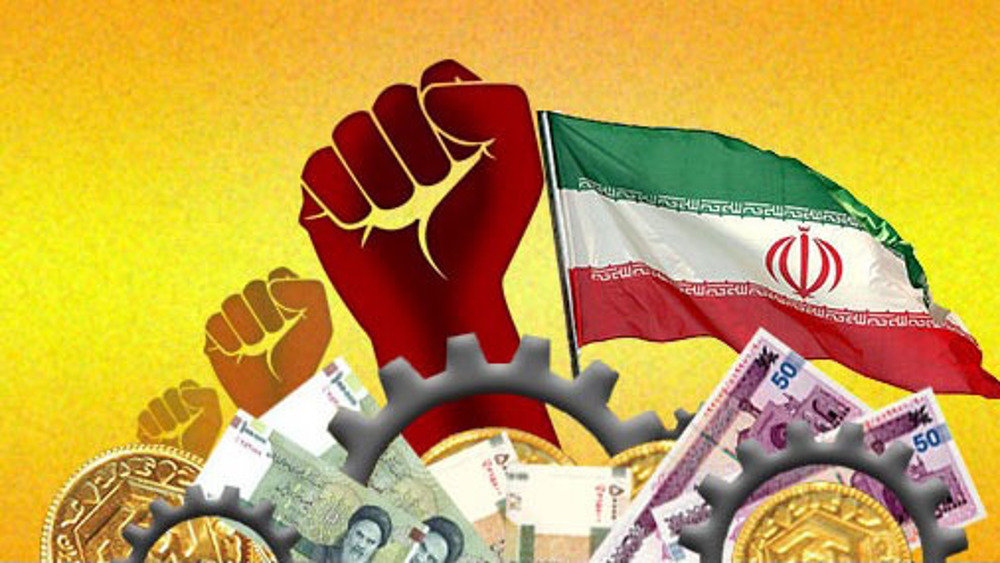
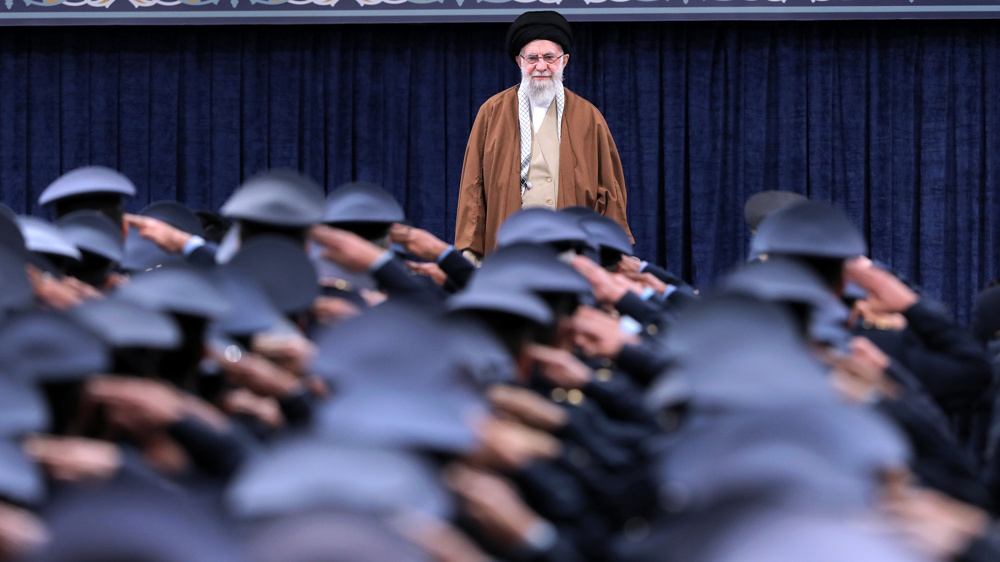
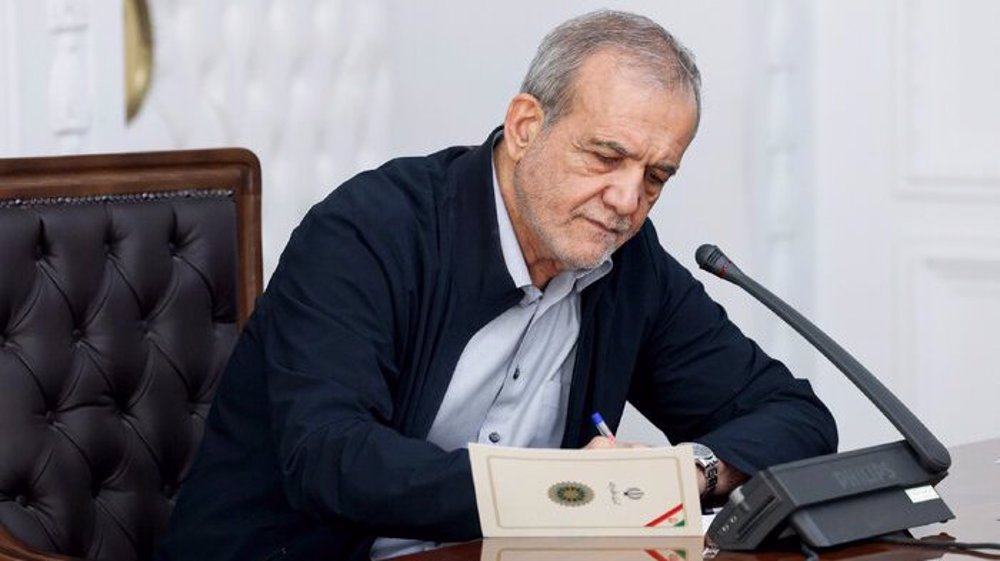
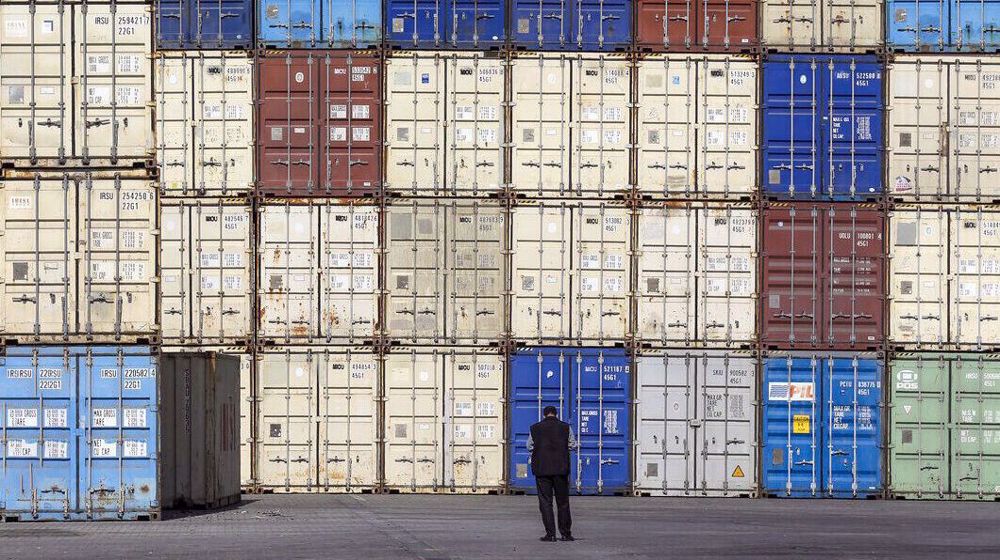
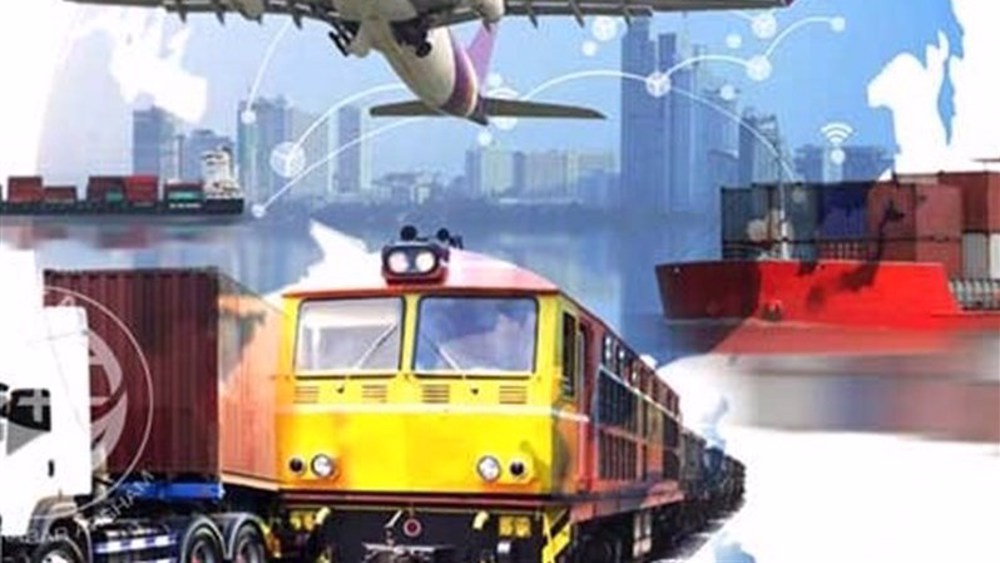




 This makes it easy to access the Press TV website
This makes it easy to access the Press TV website